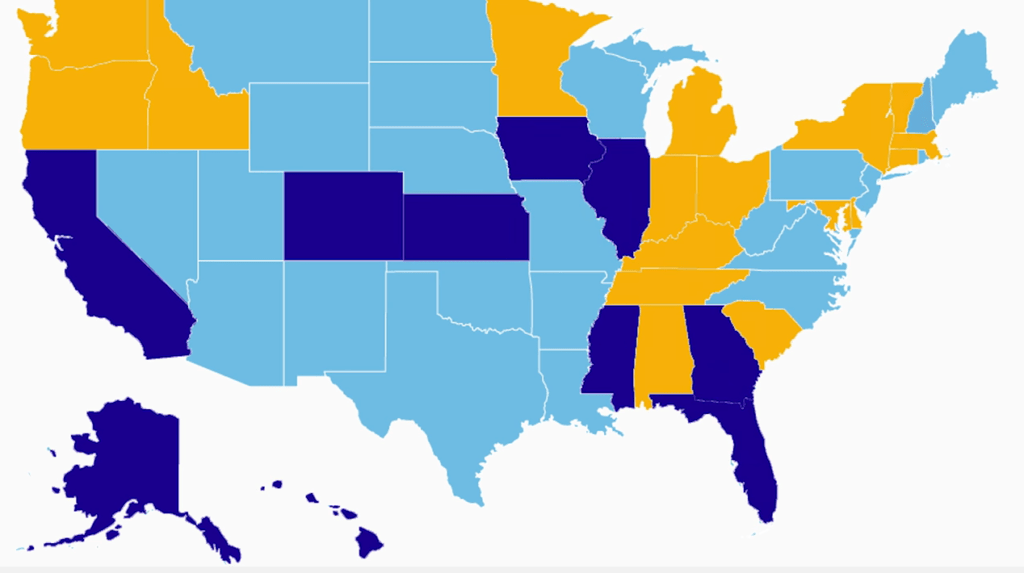As the FAA continues its never-ending struggle to publish a final rule for regulating drone flights in the U.S., states’ Departments of Transportation are finding value in drones at every turn.
An American Association of State Highway and Transportation Officials (AASHTO) study published last month found that 17 state Departments of Transportation had either used or tested drones for bridge inspection, accident assessment, surveying and risk mitigation and an additional 16 DOTs were either working on drone policies for their state or trying to get drone research projects started for infrastructure inspection.
At the forefront of AASHTO’s findings are Michigan and Minnesota.
In 2014, the Michigan DOT worked with the Michigan Tech Research Institute to confirm that drones were a safer, cheaper way to do bridge inspections.
According to MDOT Engineer of Operations and Maintenance Steven J. Cook, the first phase of that study “looked at the viability (of UAV’s) and what we found out is that the unmanned aerial vehicle provided a mechanism to keep our workers out of harm’s way…A traditional bridge inspection for example typically involves setting up work zones, detouring traffic and using heavy equipment. The UAV’s can get in and get out quickly, capturing data in near real-time and causing less distraction and inconvenience to drivers.”
Specifically, Cook said a manual inspection of a freeway bridge takes eight hours, four people (two inspectors and two traffic control personnel) and $4,600.
But with a drone equipped with an infrared camera, the Michigan DOT found the job took two people two hours to complete the job and cost only $250.
The Minnesota DOT conducted a similar study assessing how drones could be used to inspect several bridges throughout the state.
While the findings of this study were not quite a specific, the message was the same: drones are cost effective, far more efficient in regards to physical data acquisition and “should be considered for routine inspections to improve the quality of the inspection by obtaining information and detail that may not be readily obtained without expensive access methods. They should also be considered where they can increase safety for inspection personnel and the traveling public.”
Alan is serial entrepreneur, active angel investor, and a drone enthusiast. He co-founded DRONELIFE.com to address the emerging commercial market for drones and drone technology. Prior to DRONELIFE.com, Alan co-founded Where.com, ThinkingScreen Media, and Nurse.com. Recently, Alan has co-founded Crowditz.com, a leader in Equity Crowdfunding Data, Analytics, and Insights. Alan can be reached at alan(at)dronelife.com
